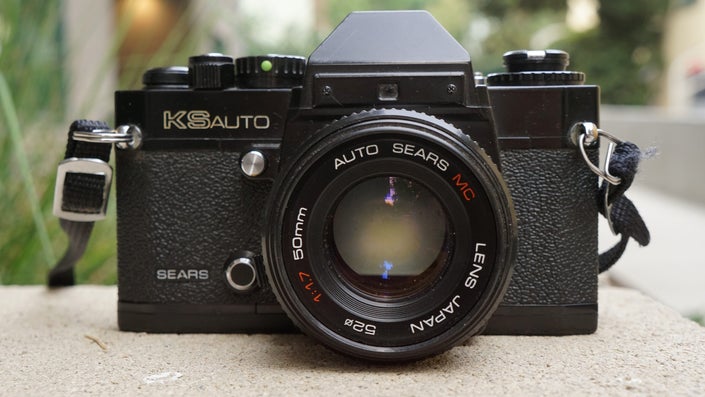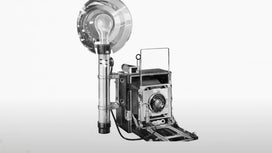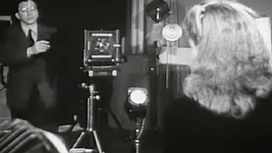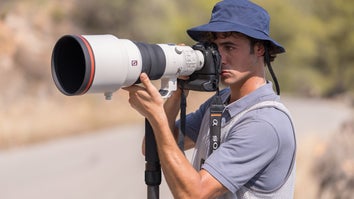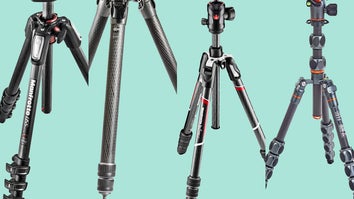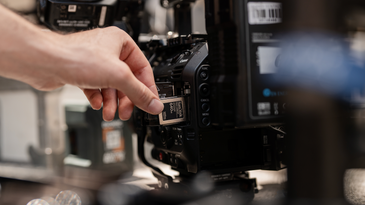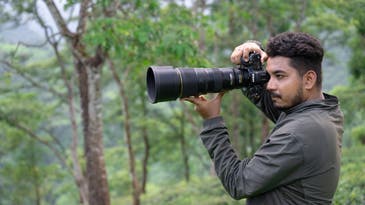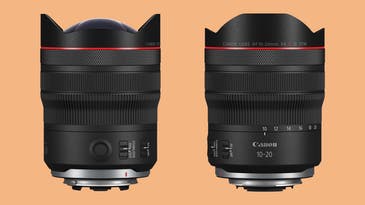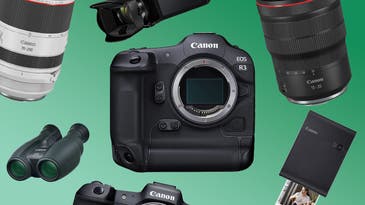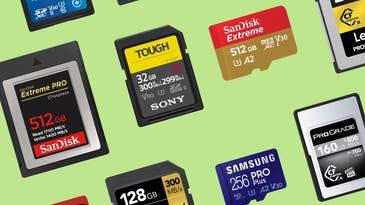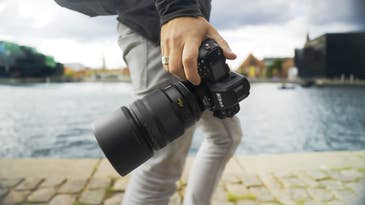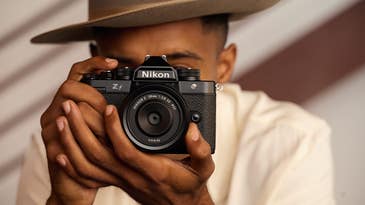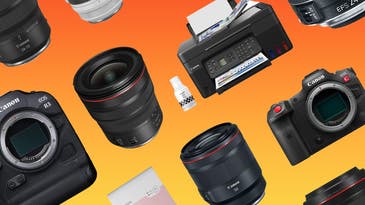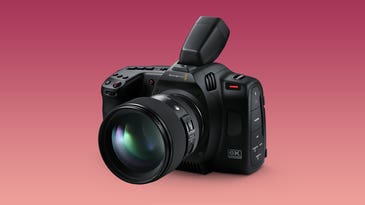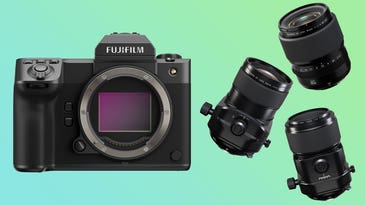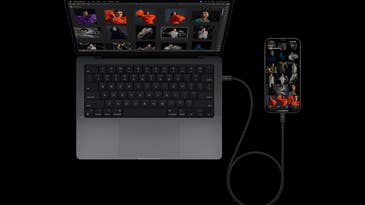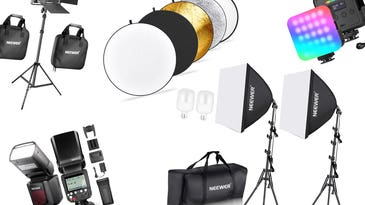Latest
Best Media Storage Solutions for Pro Photographers
Sports photographer Andrew Hancock shares why he trusts SanDisk products to get the job done.
New gear: NIKKOR Z 600mm f/6.3 VR S super-telephoto prime lens
Nikon's latest super-telephoto lens is surprisingly lightweight, making it feasible to shoot handheld.
New gear: Canon RF 10-20mm f/4 L IS USM super-wide-angle zoom lens
Canon's widest RF lens features a rectilinear design to keep distortion in check.
The best Amazon Prime Day deals on Canon gear
You can find some impressive deals on a wide range of Canon gear this Amazon Prime Day.
Save up to $370 on memory cards at Amazon right now
These memory card deals will help you save money on this boring essential.
Nikon announces the NIKKOR Z 135mm f/1.8 S Plena lens for immaculate bokeh
Nikon's latest lens caters to high-end portrait photographers.
Nikon announces the Z f: A retro-looking full-frame mirrorless camera
The Nikon Z f looks like an old-school film camera, but offers plenty of advanced tech and features.
The Aura Walden is a 15-inch, wall-mountable digital photo frame
The Aura Walden's large size and wall-mounting option makes a versatile digital frame.
Save up to $500 on Canon cameras, lenses, and printers at Amazon
Whether you're gearing up for holiday portrait season or looking to capture fall beauty, you'll want to take advantage of these Canon camera and lens deals.
The Blackmagic Cinema Camera 6K is the company’s first full-frame camera
The latest camera from Blackmagic Design offers high-end cinema features in a compact, relatively affordable body.
The Fujifilm GFX100 II is smaller, more capable, and yet cheaper
Fujifilm is expanding its medium format offerings with a more advanced camera and three new lenses.
What’s new about the cameras in the iPhone 15 and 15 Pro?
The new iPhone 15 and 15 Pro smartphones offer serious camera upgrades worth looking into.
Save up to 39 percent on Neewer photo and video lighting gear at Amazon
You can save on Neewer light modifiers, video lights, strobes, and more.
